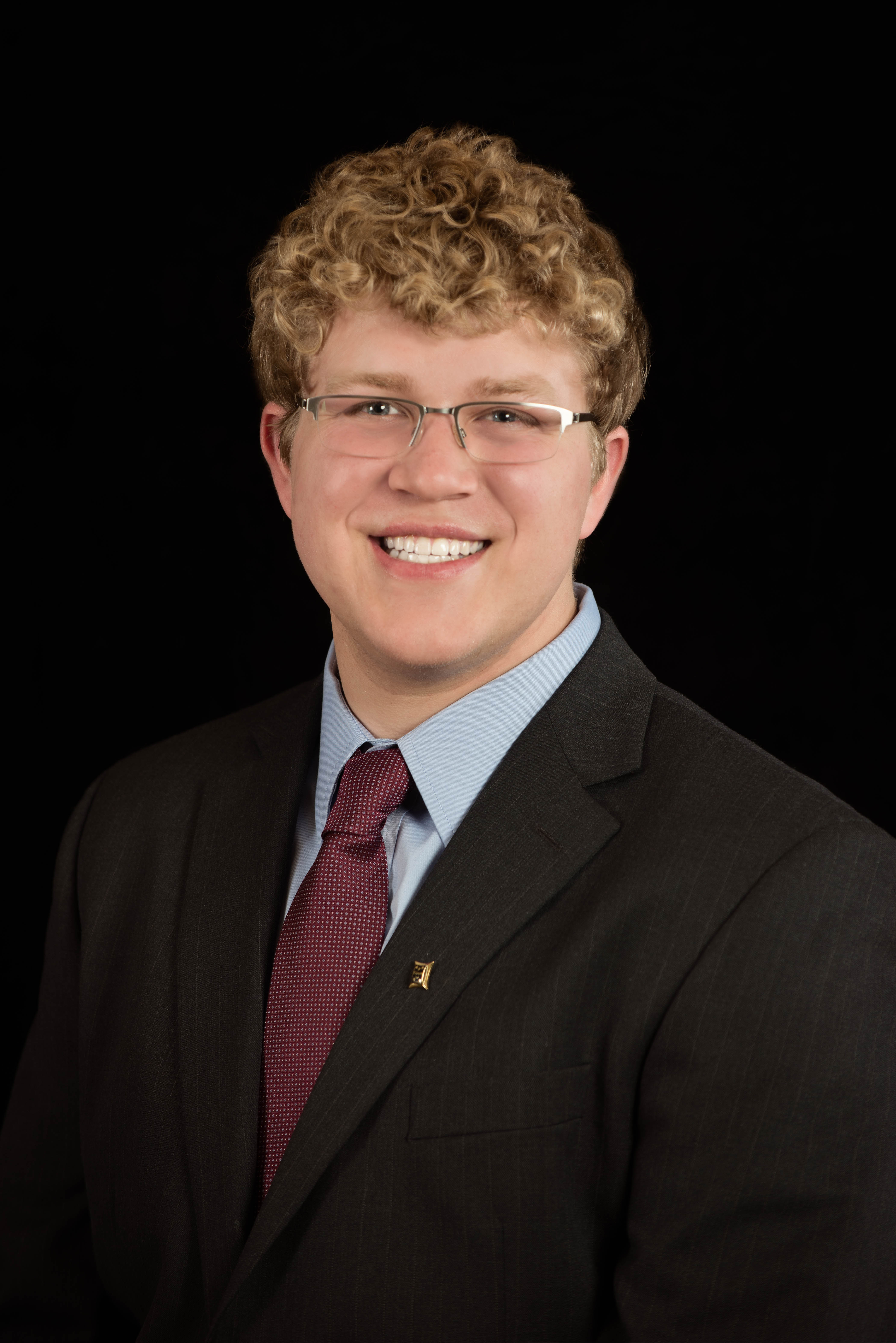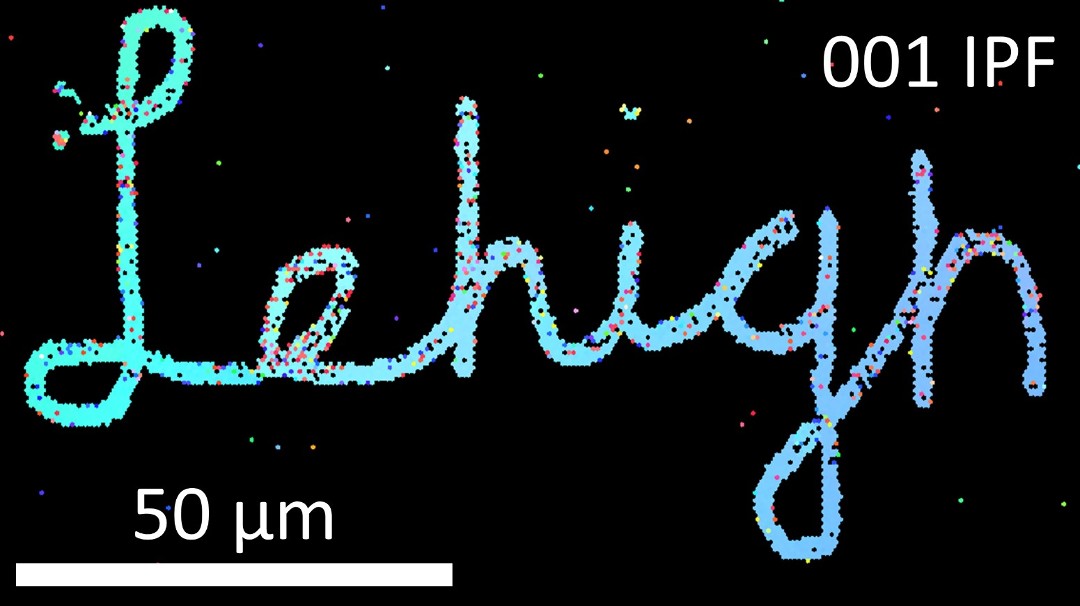A Lehigh University graduate student is one of 80 outstanding students to receive a grant through the Office of Science Graduate Student Research (SCGSR) program, a highly competitive award funded by the Department of Energy. Through world-class training and access to state-of-the-art facilities and resources at DOE national laboratories, SCGSR prepares graduate students to enter jobs of critical importance to the DOE mission and secures the U.S. position at the forefront of discovery and innovation.
Lehigh Student Awarded Prestigious DOE Grant to Conduct Research at Brookhaven National Laboratory
Evan John Musterman's research is at the forefront of laser-fabricated single crystal architectures in glass. He is one of 80 students to receive the highly competitive award through the Office of Science Graduate Student Research program.

Evan John Musterman
The award will enable Lehigh Materials Science and Engineering Ph.D. student Evan John Musterman to spend nine months at Brookhaven National Laboratory, a DOE-supported lab in Upton, New York, advancing his research, which is at the forefront of laser-fabricated single crystal architecture in glass. Musterman works with advisors Himanshu Jain in Materials Science and Engineering and Volkmar Dierolf in the Department of Physics, making his work a truly interdisciplinary collaboration.
“I’m thrilled to be in residence at Brookhaven to advance a key area of fundamental importance to crystallization, which is to better understand the structural transformation of the glass phase preceding crystal formation,” said Musterman, whose work at Brookhaven will start in June.
The focus of Musterman’s Ph.D. work has been growing single crystals on the surface of glass via laser-generated heat. These crystals, because of their special properties, have the potential to be engineered for all kinds of desirable uses, most notably in optical, photonic and quantum applications. Before that can happen, scientists need an understanding of just when or where the glass transforms into a crystal.
“It’s a stochastic, random process,” says Musterman. “At Brookhaven, I will work on a new method of studying how glass transforms just before crystallization.”
It’s a difficult challenge, says Musterman. He will be utilizing the state-of-the-art synchrotron-based imaging and spectroscopy capability at the National Synchrotron Light Source II within Brookhaven. Adding a laser to a beamline capable of measuring extended X-ray absorption fine structure (EXAFS) with sub-micron resolution, he hopes to be able to characterize local glass structure before crystallization.
“The idea is to be able to locally control where the crystal’s going to form and locally probe the structure of the glass and the crystal at the same time,” says Musterman.
Speaking to the significance of the potential applications of this fundamental research, Jain says: “Microelectronic integrated circuits and optical telecom technologies have revolutionized our lives. Imagine the impact if these two are combined into one 'optical chip with photonic integrated circuits.' It's a daunting task and it will require a multidisciplinary effort starting with the fabrication of 3D architecture of active optical waveguides within a glass.”
Musterman is the embodiment of Lehigh's Pasteur Partners PhD (P3), a new track of doctoral training in the country, says Jain. The program provides students with experience in problem-solving in real-world environments, such as at a company or national lab.
“I am so happy that he will be putting into practice Lehigh's partnership with National Synchrotron Light Source to get fundamental insight of how the atoms transform from the chaotic state of glass to controlled forms of order in novel functional crystals,” says Jain. “I can't wait to learn from his findings.”





